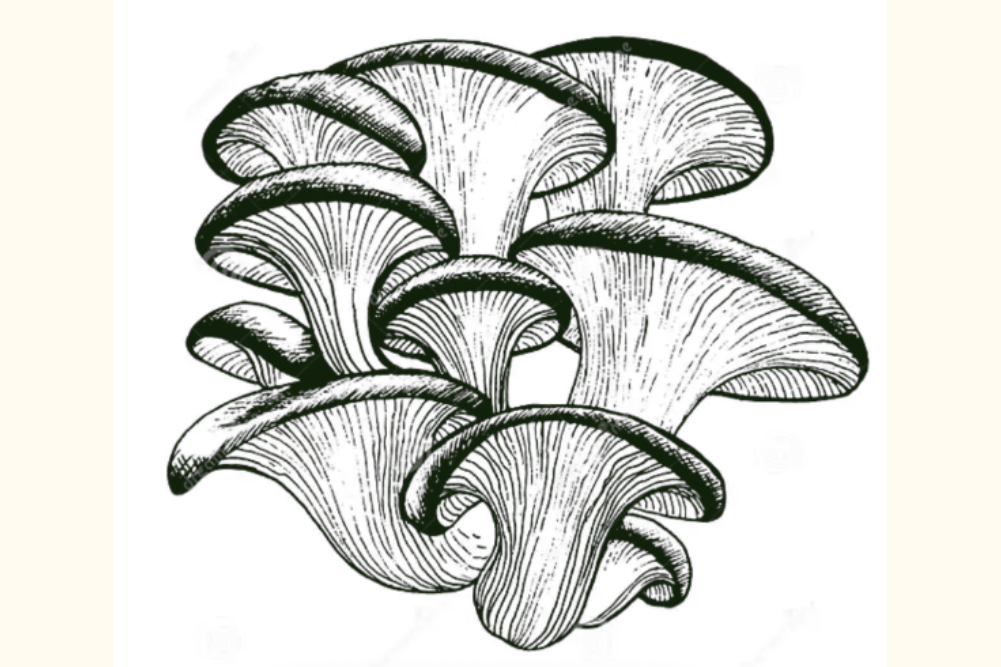How to go grain-free
How to go grain-free
Although our modern diet is heavily dependent on grains, there’s a world of healthy, delicious alternatives for your table.
Servings
Prep time
Cook time
Recipe
Ingredients
- 320g raw macadamias
- 4 tsp lemon juice
- 1 tsp sea salt
- Pinch freshly ground black pepper
Method
- Soak the macadamias in 750mL of water for at least 7 hours (overnight is best). Drain the water and rinse the nuts thoroughly under warm water.
- Place the macadamias in a food processor and add the lemon juice, salt and pepper, then pulse for one minute to combine. Add 240mL of water and continue to process until the texture is smooth. If the macadamia cheese seems overly thick or dry, gradually add more water and lemon juice to adjust the consistency.
- The macadamia cheese can be stored refrigerated for up to one week.
- Variations: Cashews can be used in place of macadamias. Simply soak the nuts for at least 2-4 hours and halve the added water. You can also add flavours using one teaspoon of truffle oil or chilli oil.
Tried this recipe? Mention @wellbeing_magazine or tag #wbrecipe!







